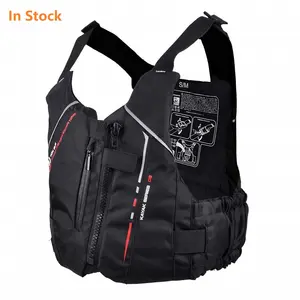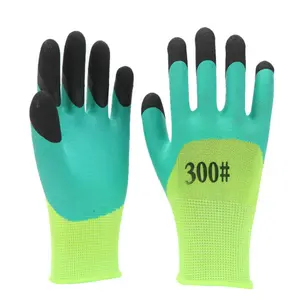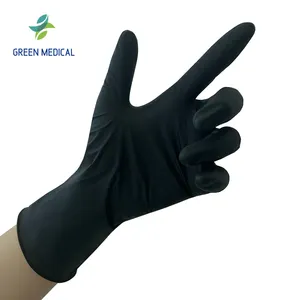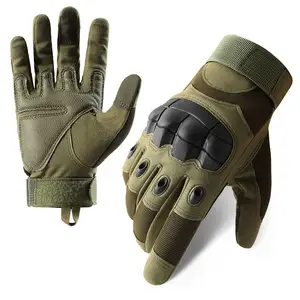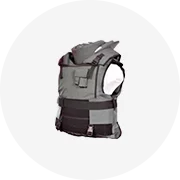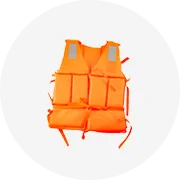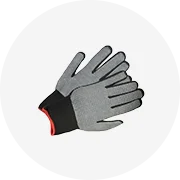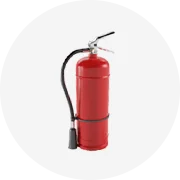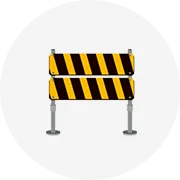Popular in your industry




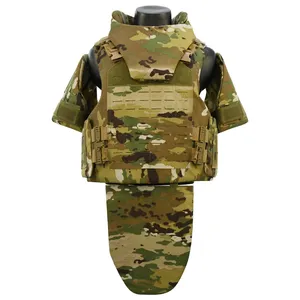










Top categories
About body armor ballistic levels
Understanding Body Armor Ballistic Levels
Body armor is an essential line of defense for law enforcement and military personnel, providing vital protection in high-risk situations. The categorization of body armor ballistic levels is a critical aspect to consider when selecting the appropriate gear for safety and effectiveness. This introduction delves into the various levels of ballistic protection, their applications, and the materials used in their construction.
Types and Applications of Body Armor
The types of body armor are categorized by the level of ballistic protection they offer, ranging from Level IIA, which provides the least amount of protection, to Level IV, which offers the highest. Each level is designed to absorb and disperse the energy of a bullet, reducing the impact to the wearer. The application of these armors varies, with lower levels typically used for everyday law enforcement patrols and higher levels suited for tactical operations or combat scenarios.
Materials and Construction Features
The effectiveness of body armor is largely dependent on the materials used. Advanced fibers like Kevlar, Dyneema, and Twaron are commonly utilized for their high tensile strength and lightweight properties. The construction of body armor involves layering these materials to create panels capable of stopping different calibers of projectiles as specified by their ballistic level.
Advantages of Modern Body Armor
Modern advancements in body armor design have led to gear that is not only protective but also comfortable for extended wear. Features such as moisture-wicking fabrics and ergonomic designs ensure that the armor conforms to the body, allowing for mobility and flexibility. The integration of tactical gear accommodations also means that wearers can carry essential equipment without compromising protection.
Ensuring Quality and Standards
The ballistic protection levels of body armor are rigorously tested to meet established safety standards. These standards ensure that each piece of armor is capable of withstanding specific threats. It is crucial for buyers to consider certified options that have undergone these stringent testing protocols to ensure the armor's integrity and performance.
Choosing the Right Body Armor
Selecting the correct body armor ballistic levels requires an understanding of the potential threats and the environment in which the armor will be used. Factors such as weight, flexibility, and compatibility with other tactical equipment should be considered to ensure that the armor meets the needs of the user while providing the necessary level of protection.
